Hyundai’s factory of the future employs robot dogs, harvests vegetables
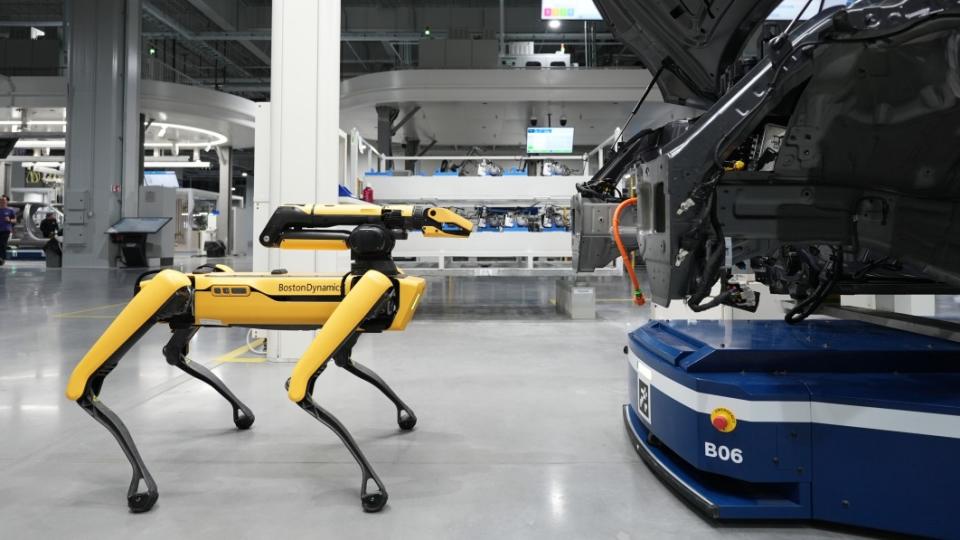
SINGAPORE - I remember the first time I saw a Boston Dynamic Spot robot on the internet. The four-legged yellow robot looked not unlike a dog and definitely reminded me of the “Metalhead” episode from Black Mirror.
When I see one in real life at the Hyundai Motor Group Innovation Center Singapore (HMGICS), my first thought is to be terrified. My second thought is, “Awww … it’s actually kind of cute.” My third thought is, “Wait – is this robot dog helping build a car?”
It’s a bot!
The HMGICS is an experimental factory located in the Jurong Innovation District in Singapore. The seven-story, 86,900- square-meter facility boasts more than 200 robots performing more than half of the work, producing the Ioniq 5 for the Singapore market and the Ioniq 5 robotaxi for us here in the United States. The Ioniq 6 should come online next year.
However, there is no “line” here like in a traditional factory. Instead, everything is “cell” based and autonomy rules the day. On my tour I encounter autonomous pallet robots transporting parts and components to various cells. They are smart enough to give my group the right of way, but it’s still a little unnerving, like I’m walking in the middle of the street and not in a sparkling clean factory. Some pallets can even carry a partially assembled car from one cell to another, stopping in the exact place for the assembly robots to do their job.
Here is where I get distracted and stop listening to my guide. Instead, I’m watching a robotic arm install a dashboard into an Ioniq 5. There is a robo-pallet of bolts to the side, and the arm precisely picks one up, moves to the install location, screws it in and goes back for the next bolt. It all happens in about three seconds. I bet these things never lose their 10-millimeter socket.
However, some robots don’t complete the entire task. After the dash is installed, I watch a robot grab a passenger seat and place it into the front of an Ioniq 5. Then the arm swings off to the side, drops off its attachment – or hand as the case may be – and swaps it for a different one. It goes on to drop in a windshield wiper motor. However, the actual bolting in is left for humans to do.
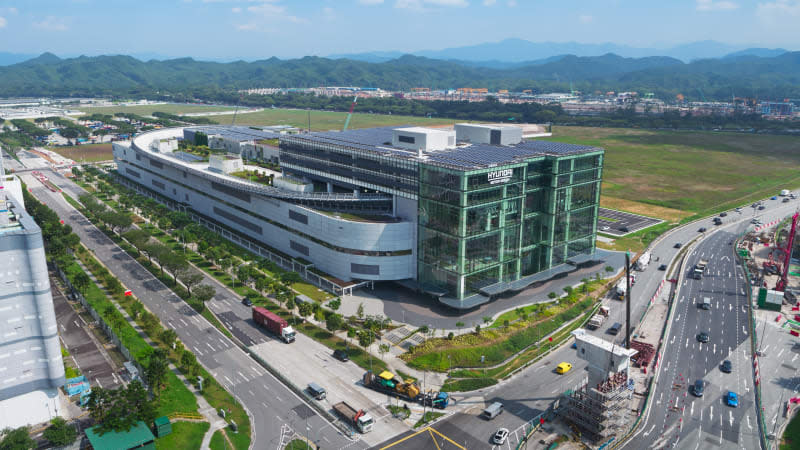
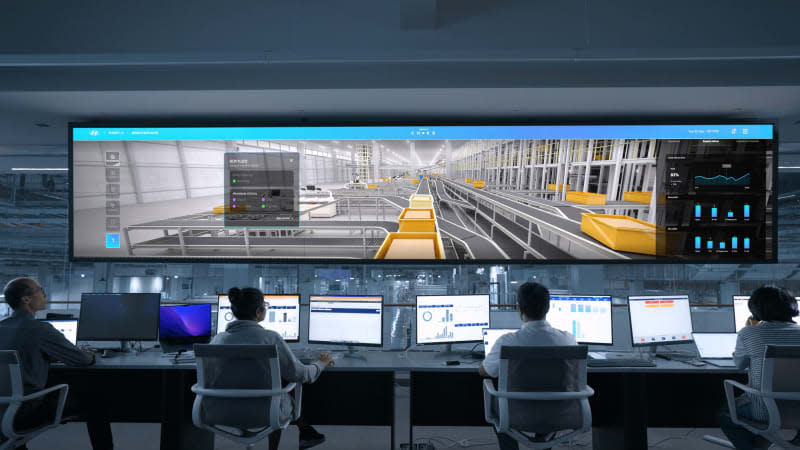
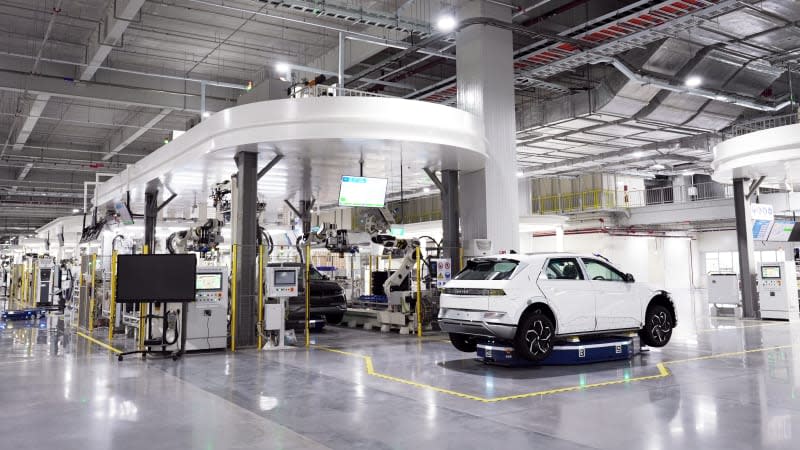
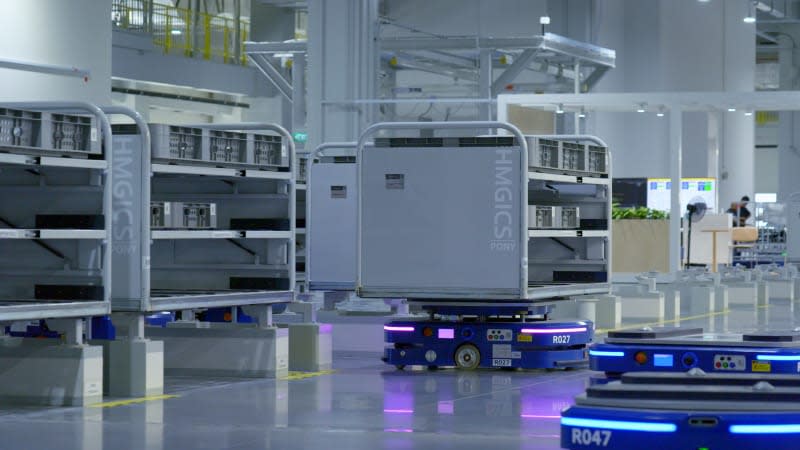
Humans and robots, working in harmony
Yes, there are some 270 humans that work at HMGICS. Some are engineers working in robotics or AI, but many are helping out in the cells, working with the robots to put cars together. Each worker in a cell has about 40 tasks to do, and I’m fascinated by the wearable seat one gal is wearing as she puts together a door. This lightweight contraption allows her to sit wherever she needs to; pushing around a roller chair not needed. I need this in my own garage.
I am also jealous of the smart glasses another worker is wearing. This wearable tech projects the instructions for a particular task into his field of vision, minimizing errors and standardizing the workflow. As someone who constantly has to refer from a YouTube video to my project and back to the video again, these fancy-pants glasses would be my jam.

 Yahoo Autos
Yahoo Autos 